News
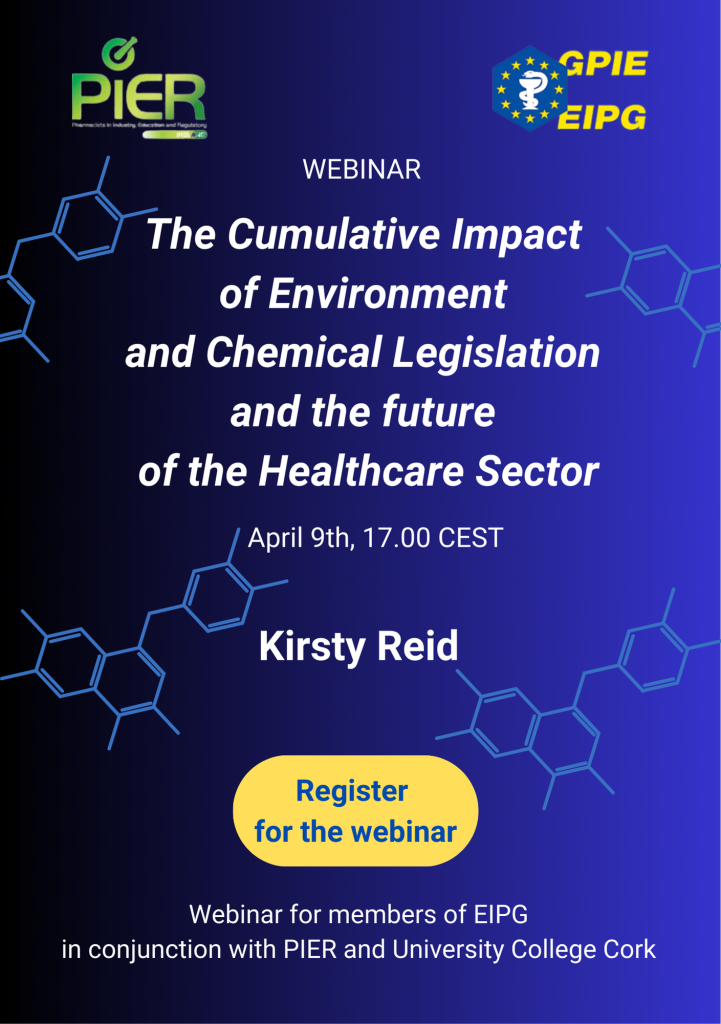
9 April 2025 | EIPG Webinar | The Cumulative Impact of Environment and Chemical Legislation and the future of the Healthcare Sector | Kirsty Reid
The session explores how recent EU environmental and chemical legislation affects pharma and healthcare, highlighting regulatory complexities and industry strategies for sustainability and competitiveness.
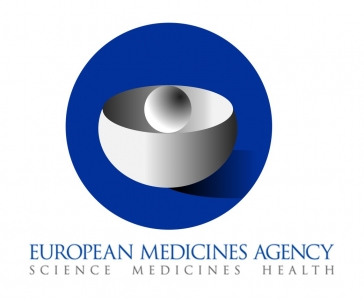
31 October 2024 | Consultation on the revision of the Guideline on the chemistry of active substances
The new guideline on the Chemistry of active substances will replace current guidance documents, as a part of the revision of the pharmaceutical legislation. It will also cover new types of active substances. The draft is open to public consultation until 31 December 2024

16 October 2024 | EIPG Webinar: Pharmacist 5.0
Next EIPG-PIER webinar will be held on 26th November 2024. The webinar will cover the following topics: Short overview of data science & artificial intelligence, Applications of Artificial Intelligence (AI) across the biopharma value chain, Drivers & challenges today, Perspectives as a pharmacist working in the area. At the end of this webinar you will be able to know the current state and direction of travel for Artificial Intelligence within the Biopharma 4.0 ecosystem and to understand the opportunities and possible upskilling requirements for pharmacists of the future (Pharmacist 5.0)
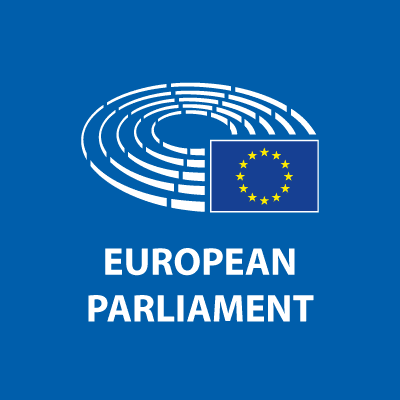
11 October 2024 | Mario Draghi’s report, a focus on the proposed actions for the pharma sector
Draghi’s report presented on 17 September 2024 at the European Parliament deeply analyses the current status of the European economy and makes targeted proposals of action to improve the EU competitiveness, tailored specifically for the different socio-economic sectors. Among these are nine possible lines of action targeted at the pharmaceutical sector.
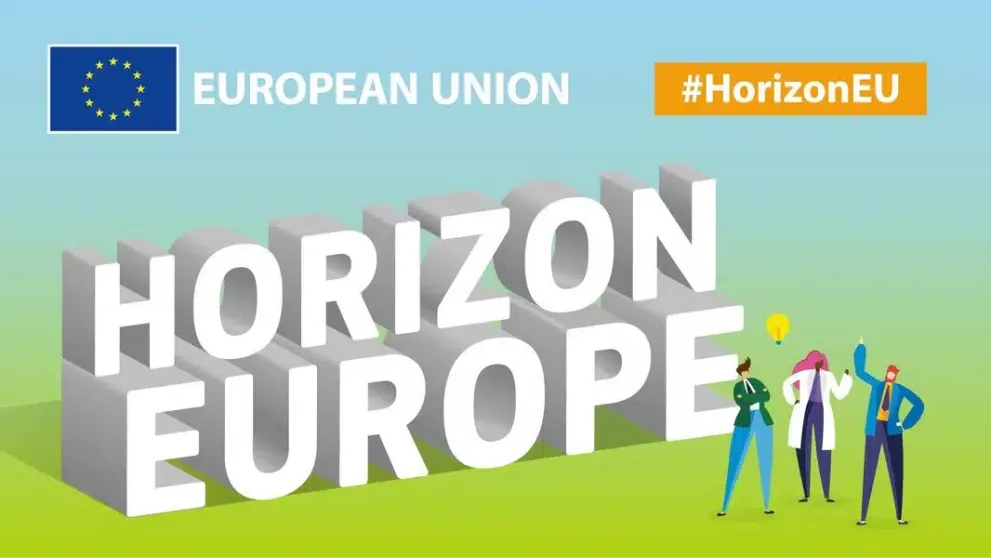
25 September 2024 | What’s going on for the future of R&D programmes
While waiting for the programme of the new Commissioner for Innovation, several actions are undergoing to define the Horizon Europe Work Programme 2025 and the new Framework Programme FP10, due to be launched at the beginning of 2028.
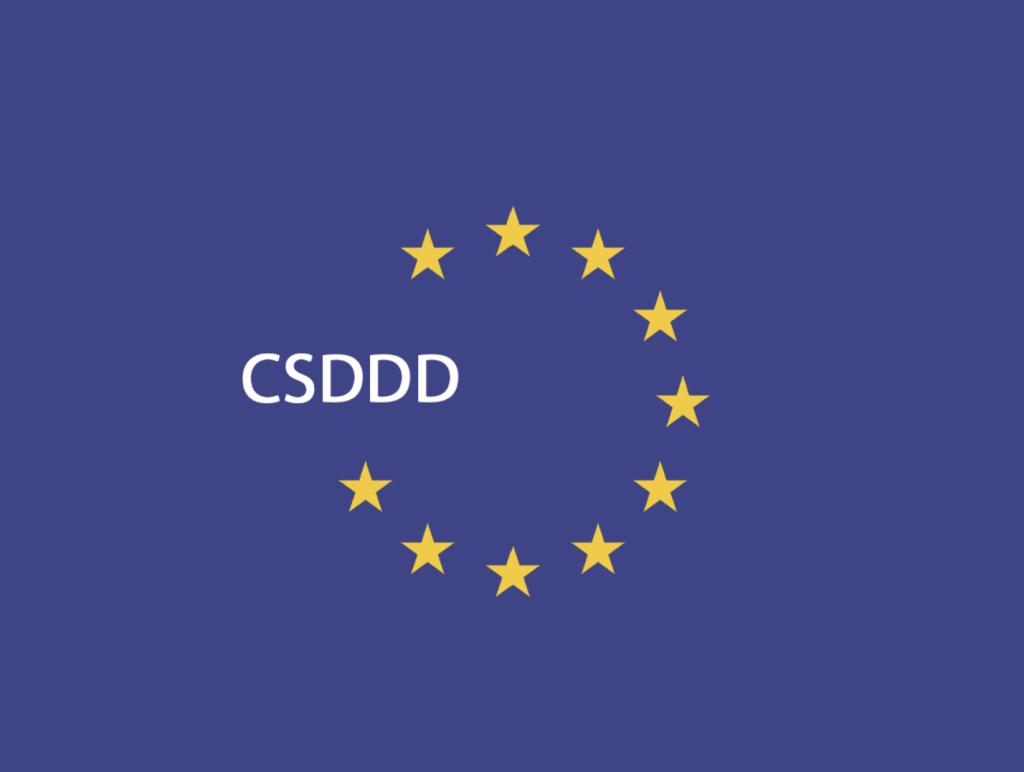
6 September 2024 | The new European Supply Chain Law and a Transatlantic partnership
The new EU Corporate Sustainability Due Diligence Directive (EU) 2024/1760 (CSDDD), also known as EU Supply Chain Law, entered into force on 25 July 2024, after being approved by the EU Parliament at the end of April.
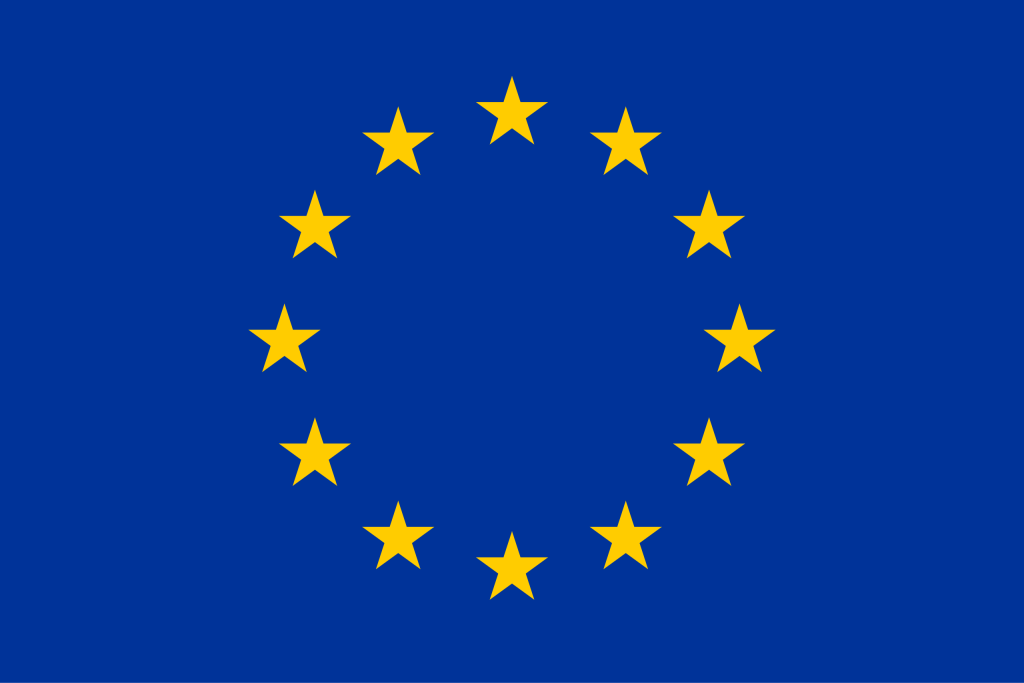
5 September 2024 | Accelerating Clinical Trials in the European Union (ACT-EU)
ACT EU aims to transform how clinical trials are initiated, designed and run to further promote the development of high quality, safe and effective medicines, and to better integrate clinical research in the European health system. By participating in this initiative, EIPG contributes to the harmonization, innovation, and collaboration necessary to advance clinical research and improve healthcare outcomes across Europe.
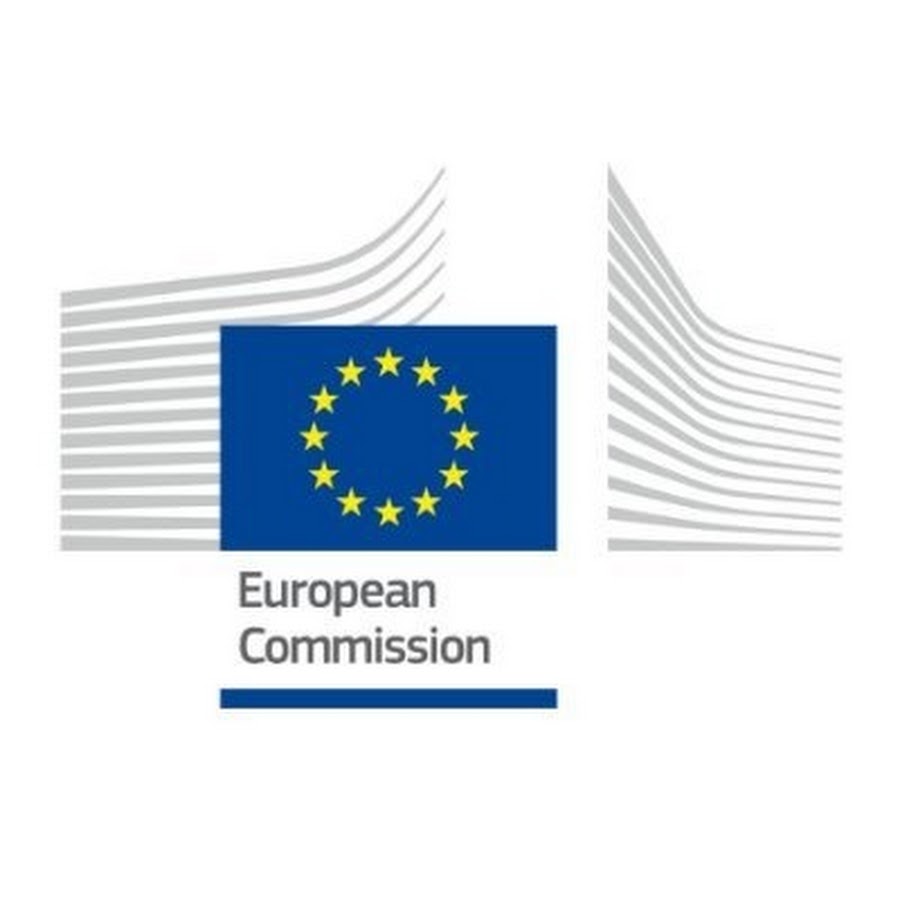
8 July 2024 | A study on the reprocessing and reusing of single-use devices
Results from a study commissioned by the European Commission show that just around a third of interested countries are applying national rules or Common Specifications in order to reprocess and reuse single-use medical devices. The survey run in 2023 involved manufacturers, notified bodies, health authorities and competent authorities. Results are available on an online dashboard.

25 June 2024 | EIPG participates in the EMA’s Quality Innovation Group
Carmen Garcia, EIPG Vice-President of Technical and Professional Development, attended the third listen-and-learn focus group meeting of EMA’s Quality Innovation Group on “process models for pharmaceutical manufacturing” as a representative of the EIPG.
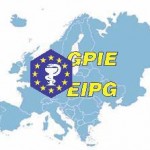
29 May 2024 | EIPG Annual Meeting, in Rome in April
The 2024 General Assembly of EIPG (European Industrial Pharmacists Group) was held in Rome on 20 and 21 April. Delegates from 14 European professional organisations joined EIPG, representatives of two other organisations were observers, and a few guests were present.

22 April 2024 | A new member within EIPG
The European Industrial Pharmacists Group (EIPG) is pleased to announce the Romanian Association (AFFI) as its newest member following the annual General Assembly of EIPG in Rome (20th-21st April 2024).

8 April 2024 | The EU Parliament voted its position on the Unitary SPC
The process that will lead to the implementation of the new unitary supplementary protection certificates has made a step forward, with the adoption of the position of the European parliament. The final text still has to pass the evaluation of the Council and the EU Commission. We summarise the main amendments approved by the Parliament.